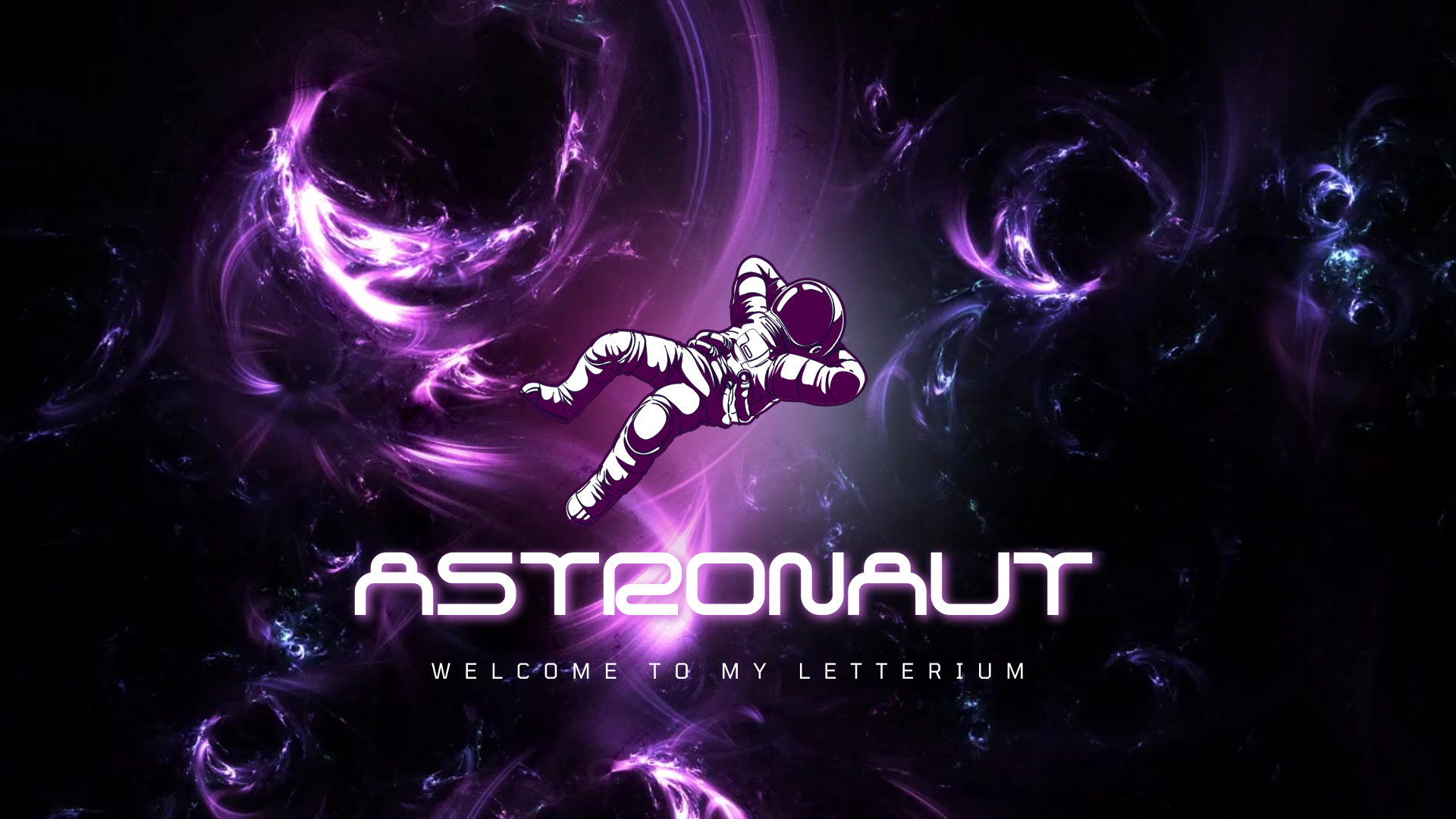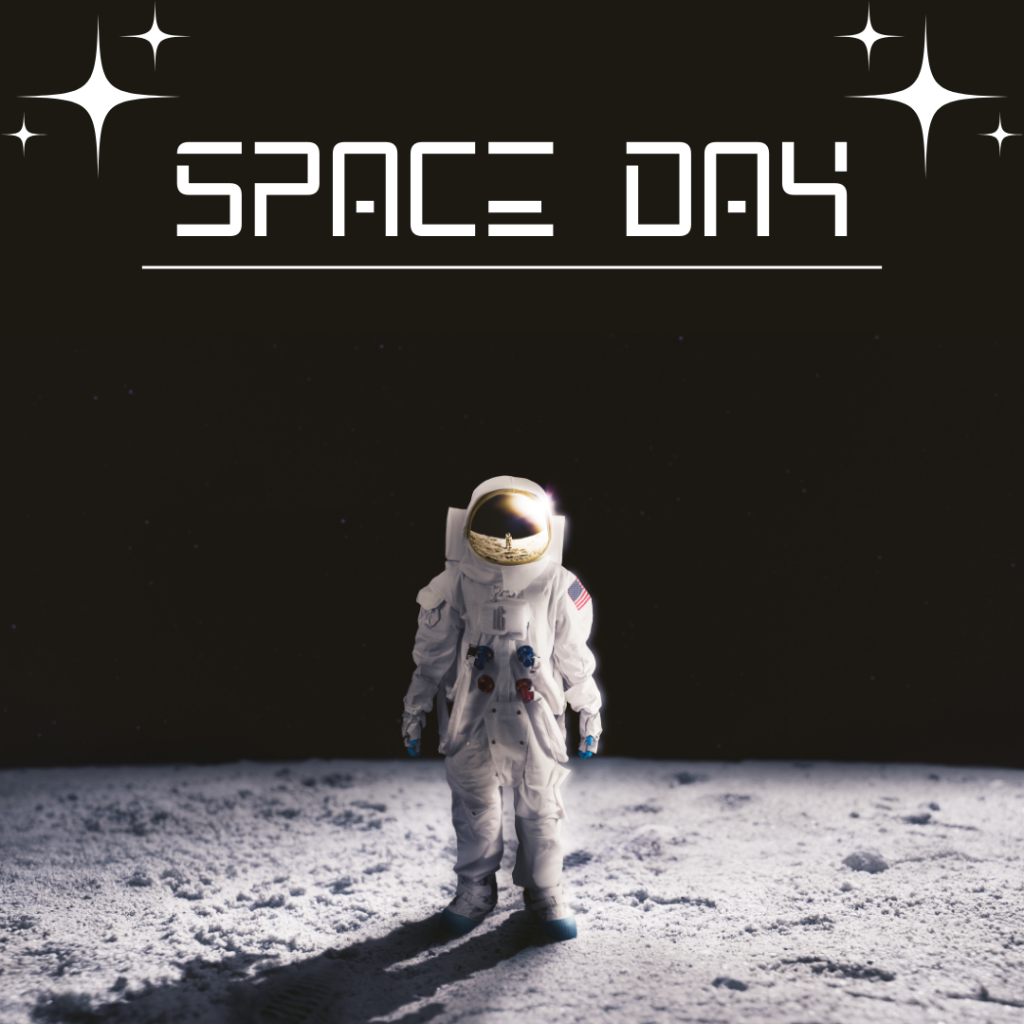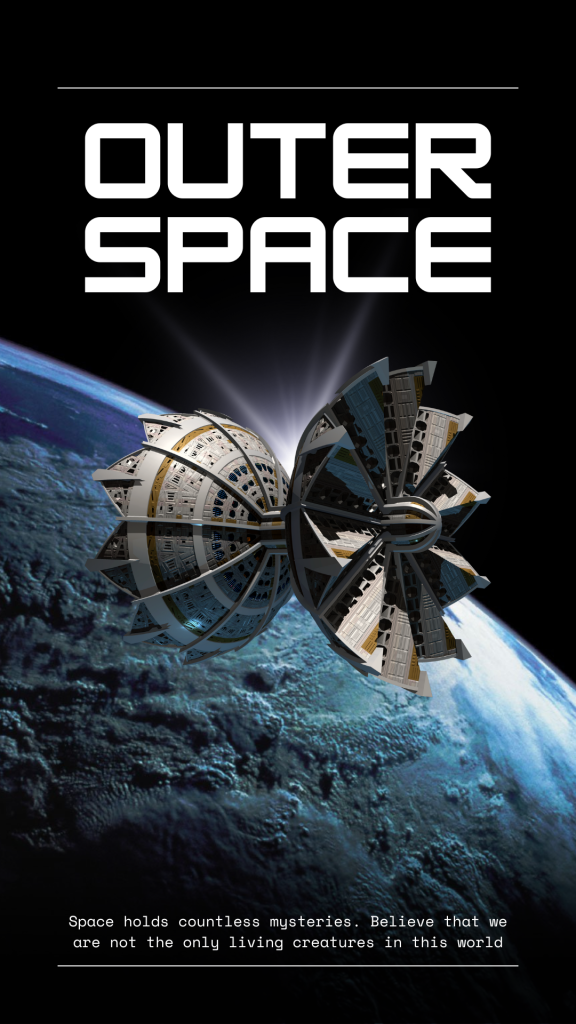The journey of space exploration is a testament to human curiosity and ingenuity. From the first artificial satellite to the steps on the Moon and beyond, humanity's quest to explore the cosmos has led to significant advancements in technology and our understanding of the universe. This article delves into the history of space exploration, highlighting key milestones and the future prospects of venturing into the unknown.
The Dawn of Space Exploration

The dawn of space exploration marks a pivotal chapter in human history, a period characterized by immense curiosity, groundbreaking achievements, and the beginning of a journey that would expand our understanding of the universe. This era laid the foundations for all future endeavors into space, transforming science fiction into reality and opening up a cosmos of possibilities.
Early Theories and Observations
Long before the first rocket was launched into space, the groundwork for space exploration was laid by the meticulous observations and theories of ancient astronomers and scientists. Figures like Johannes Kepler, who formulated the laws of planetary motion, and Galileo Galilei, whose use of the telescope revolutionized our understanding of the moon and planets, were instrumental in this early phase. Their work shattered the geocentric model of the universe and proposed that not only could Earth move around the sun, but it was also possible for humanity to venture beyond our planet.
The Role of Fiction in Inspiring Exploration
The transition from theoretical astronomy to the practical exploration of space was significantly influenced by the realm of fiction. Authors such as Jules Verne and H.G. Wells captivated the imagination of millions with their visionary tales. Verne's "From the Earth to the Moon" and Wells' "The War of the Worlds" played crucial roles in popularizing the concept of space travel. These stories laid the imaginative groundwork that would inspire future scientists and engineers to consider the possibilities of space exploration seriously.
The First Steps Towards Space
The actual journey into space began in the early 20th century with the work of rocketry pioneers like Konstantin Tsiolkovsky, Robert H. Goddard, and Hermann Oberth. Tsiolkovsky, often referred to as the father of astronautics, developed the theoretical basis for space travel, including the rocket equation essential for achieving orbit. Goddard, an American physicist, successfully launched the world's first liquid-fueled rocket in 1926, demonstrating that spaceflight was achievable. Oberth contributed further with his designs and theories, which directly influenced later developments in rocket technology.
The Launch of Sputnik and the Space Race
The dawn of practical space exploration is often marked by the launch of Sputnik 1 by the Soviet Union on October 4, 1957. As the first artificial Earth satellite, Sputnik's beep-beep signal sent from orbit was a historic moment, heralding the beginning of the space age. This event kicked off the space race, a period of intense competition between the Soviet Union and the United States, driving rapid advancements in space technology and exploration.
The Impact on Science and Society
The early days of space exploration had a profound impact on both science and society. The data collected from these initial forays into space provided invaluable insights into Earth's atmosphere, magnetic fields, and the broader cosmos. Moreover, the space race catalyzed developments in engineering, telecommunications, and computing, many of which have applications that reach far beyond space exploration.
The dawn of space exploration was more than just the launch of satellites and the development of rocket technology; it represented a monumental shift in how humanity perceives itself and its place in the cosmos. It was a period of great challenges and even greater achievements, setting the stage for all subsequent space exploration efforts. As we continue to push the boundaries of what is possible, the pioneering spirit of those early days serves as a lasting inspiration for future generations to explore the unknown frontiers of space.
The Space Race: A Cold War Arena
The Space Race stands out as one of the most intense periods of competition in human history, unfolding against the backdrop of the Cold War between the United States and the Soviet Union. This era was marked by rapid advancements in space technology, fueled by political rivalry and the desire for technological supremacy. The Space Race not only accelerated humanity's journey into space but also showcased the incredible achievements possible when nations channel resources and intellect toward conquering the final frontier.

The Spark of Competition
The catalyst for the Space Race was the launch of Sputnik 1 by the Soviet Union on October 4, 1957. As the world's first artificial satellite, Sputnik's successful orbit around Earth was a stark demonstration of Soviet technological prowess, sending shockwaves through the international community. The United States, not to be outdone, accelerated its own space program, marking the beginning of a fierce competition to achieve major milestones in space exploration.
Milestones of the Space Race
One of the most significant early achievements of the Space Race was the Soviet Union's successful launch of Yuri Gagarin into space aboard Vostok 1 on April 12, 1961, making him the first human to orbit the Earth. This monumental event was a massive point of pride for the Soviet Union and a wake-up call for the United States, highlighting the urgency of catching up in the space domain.
In response, the United States intensified its efforts, culminating in the Apollo 11 mission, which successfully landed astronauts Neil Armstrong and Buzz Aldrin on the Moon on July 20, 1969. Armstrong's famous words, "That's one small step for man, one giant leap for mankind," as he stepped onto the lunar surface, were broadcast to millions of viewers around the world, marking a significant victory for the U.S. in the Space Race.
Technological and Scientific Advancements
The Space Race was a powerful catalyst for innovation, leading to significant technological and scientific advancements. The development of powerful rockets, such as the Soviet R-7 and the American Saturn V, pushed the boundaries of what was technically possible. These advancements were not limited to spacecraft and rockets; they also spurred innovations in telecommunications, navigation, and computing, many of which have become integral to our daily lives.
The Legacy of the Space Race
The legacy of the Space Race extends beyond the technological achievements and lunar landings. It represented a remarkable period of human endeavor, ambition, and collaboration. The competition between the Soviet Union and the United States eventually gave way to cooperation in space exploration, exemplified by joint missions like the Apollo-Soyuz Test Project in 1975, which symbolized a thaw in Cold War tensions and set the stage for future international collaborations in space.
The Space Race was a defining moment in the history of space exploration, driven by geopolitical rivalry but resulting in a collective leap forward for humanity. It not only demonstrated the possibilities of space travel but also showed how rivalry can lead to unprecedented cooperation. The achievements of this era laid the groundwork for all subsequent space exploration efforts, proving that when humanity sets its sights on the stars, the possibilities are limitless.
The Shuttle Era and International Cooperation
The Shuttle Era, marked by the operational period of the Space Shuttle program from 1981 to 2011, represented a significant shift in the nature of space exploration. It was characterized by increased accessibility to space, the introduction of reusable spacecraft, and a notable emphasis on international cooperation. This period not only demonstrated technological prowess and innovation but also highlighted the growing importance of collaborative efforts in advancing human presence in space.
The Introduction of the Space Shuttle
The Space Shuttle, officially known as the Space Transportation System (STS), was introduced by NASA as the world's first reusable spacecraft. Unlike previous expendable rockets, the Shuttle could carry astronauts and cargo to orbit, return to Earth, and be refurbished for future missions. Its first flight, STS-1, launched on April 12, 1981, with the orbiter Columbia, marking a new era in space travel. Over the next three decades, the Shuttle would become synonymous with human spaceflight, facilitating the deployment of satellites, interplanetary probes, and the Hubble Space Telescope, among other significant missions.
Fostering International Cooperation
One of the most enduring legacies of the Shuttle Era is the emphasis on international cooperation. The program provided a platform for countries around the world to participate in space exploration. Perhaps the most ambitious collaborative project of this time was the construction and operation of the International Space Station (ISS). The ISS, a joint venture among NASA, Roscosmos (Russia), JAXA (Japan), ESA (Europe), and CSA (Canada), served as a microgravity laboratory where astronauts from various countries could conduct research in space science, astrobiology, astronomy, and other fields.
Key Milestones of International Collaboration
- The Launch of Spacelab: In 1983, the Shuttle launched Spacelab, a modular laboratory developed by ESA, into space. This mission marked one of the first major collaborative efforts, allowing scientists from different countries to conduct experiments in space.
- Russian-American Partnership: Following the end of the Cold War, the Shuttle played a pivotal role in cementing a new partnership between the United States and Russia in space. This collaboration was symbolized by the Shuttle-Mir missions in the 1990s, which involved American Shuttles docking with the Russian space station Mir, paving the way for the ISS.
- The Assembly of the ISS: The Shuttle was instrumental in the assembly of the ISS, delivering modules, supplies, and crews. This monumental task required an unprecedented level of international coordination and cooperation, showcasing the potential for peaceful collaboration in space exploration.
The Impact on Science and Technology
The Shuttle Era significantly advanced our understanding of space and science. The Hubble Space Telescope, deployed by the Shuttle in 1990, has provided some of the most detailed images of distant galaxies, contributing to major discoveries in astrophysics. The Shuttle also played a crucial role in studying the effects of long-duration spaceflight on the human body, research that is critical for future interplanetary missions.
Challenges and Legacy
Despite its successes, the Shuttle program faced significant challenges, including the tragic losses of Challenger in 1986 and Columbia in 2003. These disasters led to serious questions about the risks of space travel and the future direction of human spaceflight. However, the legacy of the Shuttle Era, particularly its role in fostering international cooperation, remains a cornerstone of current and future space exploration missions.
The Shuttle Era was a pivotal period in the history of space exploration, characterized by groundbreaking technological achievements and the fostering of international partnerships. The legacy of this era, epitomized by the International Space Station, continues to influence how nations collaborate in space. It serves as a testament to the idea that the challenges of exploring the cosmos are best met together, underscoring the importance of international cooperation in advancing humanity's presence in space.
Unmanned Missions and Robotic Explorers
Unmanned missions and robotic explorers have been pivotal in expanding our knowledge of the solar system and beyond, offering a glimpse into the most remote and inhospitable environments known to humanity. These missions have provided invaluable data about our neighboring planets, moons, comets, and the outer reaches of our solar system, contributing significantly to our understanding of the cosmos.
The Pioneers of Robotic Exploration
The era of unmanned space exploration began in the late 1950s and early 1960s with missions designed to study Earth's immediate space environment, the Moon, and our planetary neighbors. Early missions like the Soviet Luna program and the American Mariner missions laid the groundwork for future exploration by demonstrating the feasibility of interplanetary space travel and providing the first close-up images of other planets.
Voyagers: Ambassadors to the Stars
Launched in 1977, the twin Voyager spacecraft have become synonymous with the spirit of exploration. Voyager 1 and Voyager 2 were designed to take advantage of a rare alignment of the outer planets, conducting flybys of Jupiter, Saturn, Uranus, and Neptune, and providing stunning images and invaluable scientific data. Voyager 1 is now in interstellar space, the farthest human-made object from Earth, still sending data back to scientists.
Mars Rovers: Unlocking the Secrets of the Red Planet
Mars has been a focal point for unmanned exploration, with missions aiming to unravel the mysteries of its climate, geology, and potential for past life. The Sojourner rover, part of the Mars Pathfinder mission in 1997, was the first successful rover mission to the Red Planet. It was followed by more advanced rovers like Spirit, Opportunity, and Curiosity, each equipped with sophisticated instruments to conduct detailed scientific studies. These rovers have made groundbreaking discoveries, including evidence of past water flows on Mars's surface, raising the possibility of past life.
New Horizons: Journey to Pluto and Beyond
The New Horizons mission, launched in 2006, marked humanity's first visit to Pluto and the Kuiper Belt, a region of the solar system beyond Neptune filled with icy bodies and remnants from its formation. New Horizons provided the first close-up images of Pluto in 2015, revealing a complex and active world, with mountains, glaciers, and an atmosphere. The mission underscored the vastness of our solar system and the potential for discovery beyond the classical planets.
The Future of Unmanned Exploration
The future of unmanned space exploration is bright, with missions planned to explore more distant worlds, asteroids, and comets. These include missions like the James Webb Space Telescope, designed to study the universe's earliest stages, and the Dragonfly drone, set to explore Saturn's moon Titan. Robotic explorers will continue to play a crucial role in advancing our understanding of space, paving the way for human exploration and potentially the colonization of other worlds.
The Impact of Robotic Explorers
Robotic missions have significantly advanced our understanding of the solar system's formation, the potential for life elsewhere, and the future of human exploration in space. They have proven to be cost-effective means of exploring space, allowing scientists to gather data from environments too dangerous or distant for human astronauts. As technology advances, these missions will become even more critical in our quest to explore the unknown and answer fundamental questions about our place in the universe.
Unmanned missions and robotic explorers have been indispensable in the history of space exploration, providing insights into the cosmos that would have been impossible to achieve through manned missions alone. As we continue to push the boundaries of what is possible, these robotic emissaries will lead the way, heralding a new era of discovery and exploration in the vast, uncharted expanse of space.
The New Age of Space Exploration
The New Age of Space Exploration is characterized by unprecedented advancements, a shift towards commercial space ventures, and international collaborations that aim to extend humanity's reach beyond the confines of Earth. This era is marked by a rejuvenated interest in lunar exploration, ambitious plans to colonize Mars, and the increasing role of private companies in space travel and exploration. These developments are not only pushing the boundaries of what's possible but are also laying the foundation for a future where space travel and habitation could become a part of human life.
The Rise of Commercial Spaceflight
One of the most significant changes in this new age is the emergence and success of private space companies. SpaceX, founded by Elon Musk, has been at the forefront, achieving milestones such as the development of the first privately-funded spacecraft to reach orbit, the first to dock with the International Space Station (ISS), and the first to reuse an orbital spacecraft. Blue Origin, founded by Jeff Bezos, and Virgin Galactic, founded by Richard Branson, are also key players, focusing on suborbital spaceflight and space tourism. These companies are reducing the cost of space access and heralding a new era of commercial spaceflight.
Mars: The Next Frontier
Mars has become a primary focus of exploration efforts in the New Age of Space Exploration. NASA's Perseverance rover, which landed on Mars in February 2021, and the Ingenuity helicopter, the first powered flight on another planet, represent the latest in a series of missions aiming to understand Mars' habitability for future human missions. SpaceX's Starship, designed for deep-space travel, aims to carry humans to Mars, with Musk envisioning a self-sustaining colony on the Red Planet in the coming decades.
Lunar Exploration and the Artemis Program
The Moon has regained attention as a critical step in the broader goals of deep space exploration. NASA's Artemis program, with international and commercial partners, aims to return humans to the Moon by the mid-2020s, including the first woman and the next man. The program's goals extend beyond a simple return, aiming to establish a sustainable human presence on the Moon by the end of the decade to prepare for future Mars missions. This initiative is supported by the Lunar Gateway, an orbiting space station that will serve as a laboratory, a hub for spacecraft, and a stepping stone for lunar and Martian exploration.
International Collaboration
The New Age of Space Exploration is increasingly marked by international collaboration. The Artemis Accords, a series of bilateral agreements between NASA and other space agencies, outline a shared vision for lunar exploration. Countries like the United Arab Emirates and China are also making significant strides, with the UAE's Hope probe orbiting Mars and China's Chang'e lunar program successfully returning moon samples to Earth and landing the Yutu-2 rover on the far side of the Moon.
Challenges and Future Prospects
Despite the excitement, the new age of space exploration faces significant challenges. Technical, ethical, and environmental concerns accompany the plans for off-world colonies. Issues such as space debris, planetary protection, and the impact of space travel on human health require careful consideration and international cooperation.
The New Age of Space Exploration is unfolding as a dynamic and transformative period in human history, driven by technological innovation, commercial opportunities, and a collective desire to explore the unknown. As private companies collaborate with governments and international partners, the dream of expanding human presence into the solar system is gradually becoming a reality. This era not only promises to uncover new scientific knowledge but also to inspire generations to look to the stars and envision a future that transcends the boundaries of our planet.
Challenges and Future Prospects
The journey into space, while full of promise and discovery, is fraught with challenges that span technical, ethical, environmental, and financial realms. As we stand on the brink of a new era in space exploration, marked by ambitious projects such as Mars colonization, lunar bases, and increased human presence in low Earth orbit, these challenges become more pronounced. However, within these challenges lie the seeds of future prospects, offering humanity a unique opportunity to innovate, collaborate, and expand our horizons.

Technical Challenges
One of the most significant hurdles in space exploration is the development of reliable and safe technologies for long-duration spaceflights, especially for missions to Mars and beyond. Life support systems, propulsion technologies, and protection against space radiation pose substantial engineering challenges. Additionally, the technical difficulty of landing on, living on, and returning from distant celestial bodies requires innovations in robotics, habitats, and resource utilization.
Ethical and Policy Challenges
As space becomes increasingly accessible, ethical considerations come to the forefront. Issues such as space debris management, the militarization of space, and the potential for conflicts over extraterrestrial resources demand comprehensive international treaties and regulations. The preservation of celestial bodies in their natural state, avoiding harmful contamination, and ensuring that space remains a domain for peaceful and cooperative use are paramount concerns that require global consensus and action.
Environmental Challenges
The environmental impact of space exploration, both on Earth and in space, is a growing concern. Rocket launches contribute to atmospheric pollution, and the accumulation of space debris in Earth's orbit poses risks to satellites and human spaceflight. Moreover, as we venture further into space, the need to prevent the contamination of other planets, particularly those that could harbor life, becomes critical. Developing sustainable exploration practices is essential to mitigate these impacts.
Financial Challenges
Space exploration requires significant financial investment. While the entry of private companies into the space sector has reduced costs and sparked innovation, the financial sustainability of large-scale missions, such as human settlements on Mars, remains a challenge. Public-private partnerships and international collaborations are crucial to pooling resources and sharing the financial burden of space exploration.
Future Prospects
Despite these challenges, the future of space exploration holds incredible promise. Advances in technology could solve current technical and environmental hurdles, paving the way for sustainable exploration and even the utilization of space resources. The growing interest in space from countries around the world and the private sector is likely to spur further innovation and reduce costs through competition and collaboration.
International cooperation, a cornerstone of space exploration since its inception, is expected to deepen, driven by shared goals and the realization that the challenges and opportunities of space are best addressed together. This cooperation could lead to the establishment of a global framework for the governance of space activities, ensuring that space remains a commons for humanity.
Moreover, the pursuit of space exploration continues to drive benefits on Earth, including technological advancements that find applications in medicine, materials science, and environmental monitoring. The inspirational effect of exploring the unknown has the power to unite people, foster education in science and engineering, and encourage a new generation to dream big.
The challenges facing space exploration are as vast as space itself, but they are not insurmountable. With continued innovation, international cooperation, and a commitment to sustainable practices, the prospects for the future of space exploration are bright. As we venture further into the cosmos, the journey promises not only to deepen our understanding of the universe but also to reflect on our place within it, inspiring advancements and collaborations that benefit humanity as a whole.
Conclusion
The history of space exploration is a testament to human curiosity, resilience, and the relentless pursuit of knowledge. From the early observations of the cosmos to the current endeavors into deep space, this journey has been marked by incredible achievements, technological advancements, and a growing understanding of our place in the universe. As we reflect on the milestones reached and the challenges overcome, it's clear that the exploration of space is one of humanity's most remarkable endeavors.
The dawn of space exploration, propelled by visionary scientists and the imagination of fiction writers, laid the groundwork for the incredible journey into space. The Space Race, fueled by geopolitical rivalry, accelerated technological advancements and culminated in the historic Apollo moon landings, forever changing our perspective on what is possible. The Shuttle Era further expanded our capabilities in space, fostering international cooperation and making space more accessible. Unmanned missions and robotic explorers have ventured to the farthest reaches of our solar system, sending back invaluable data that has expanded our knowledge and fueled our curiosity.
In the New Age of Space Exploration, we are witnessing an unprecedented era marked by the democratization of space access, ambitious plans to colonize other planets, and the integration of private enterprises into space ventures. This era is not without its challenges, including technical hurdles, ethical considerations, environmental impacts, and financial constraints. Yet, the future prospects of space exploration are brighter than ever, promising new discoveries, technological innovations, and the potential for human life beyond Earth.
As we stand on the threshold of new frontiers in space, the journey of space exploration is far from over. It continues to inspire, challenge, and unite us in our quest to explore the unknown. The legacy of space exploration is a reminder of what humanity can achieve when we dare to dream big and work together. The cosmos beckons, and the next chapters in this grand adventure await, filled with untold stories, mysteries to unravel, and the endless potential for discovery. The history of space exploration is not just about where we've been but where we're going, continuing to push the boundaries of human potential and expanding our understanding of the universe.


 English
English 
